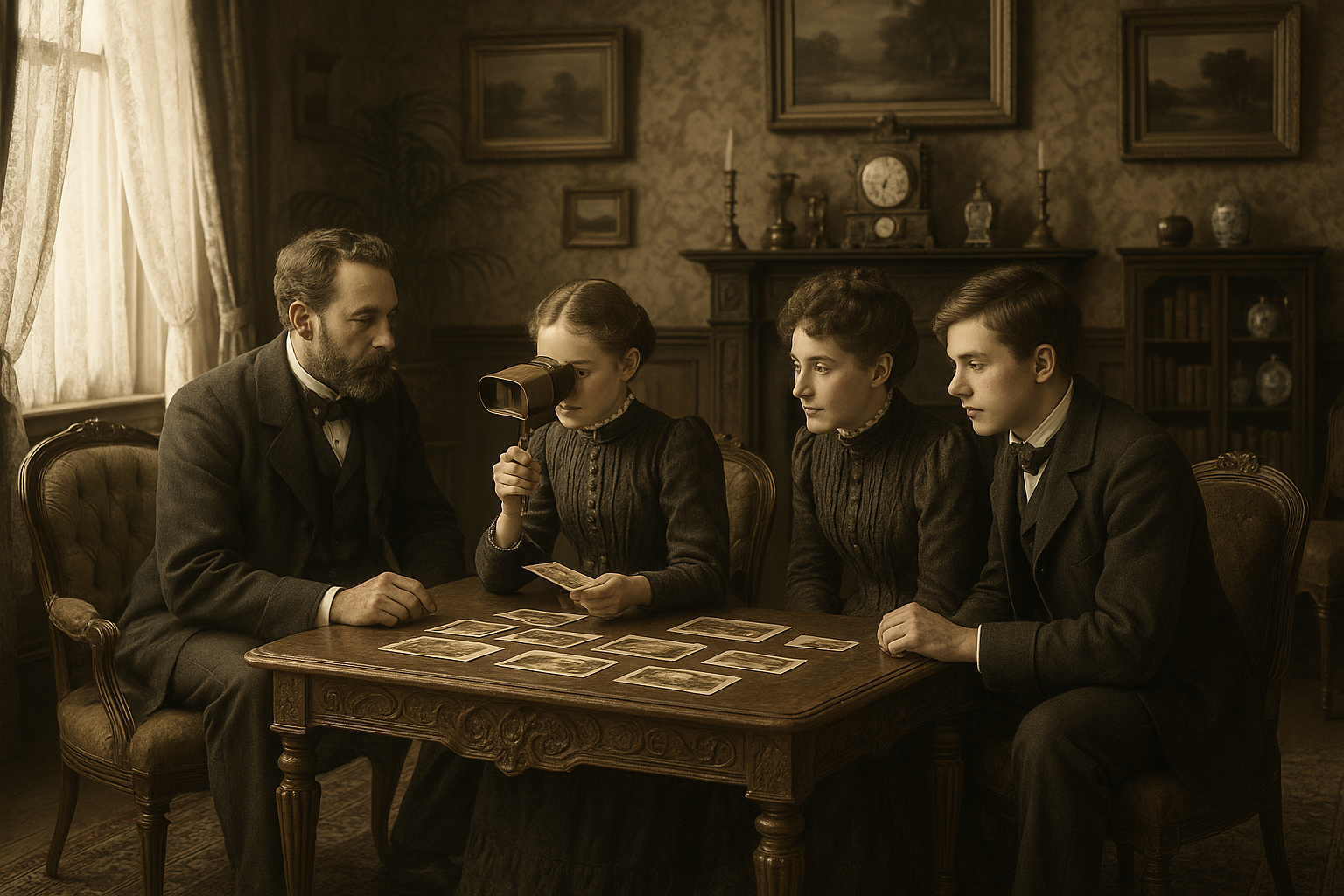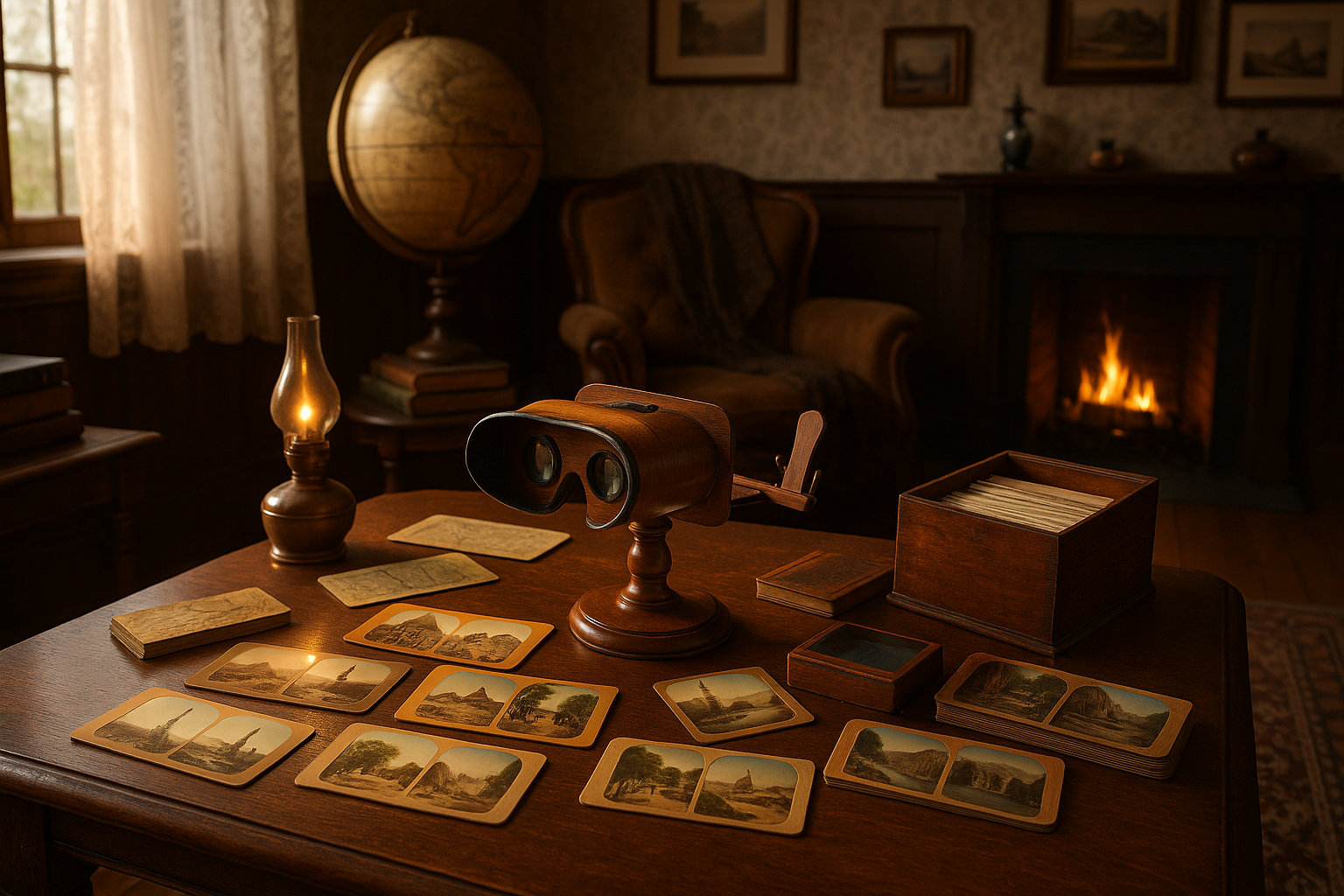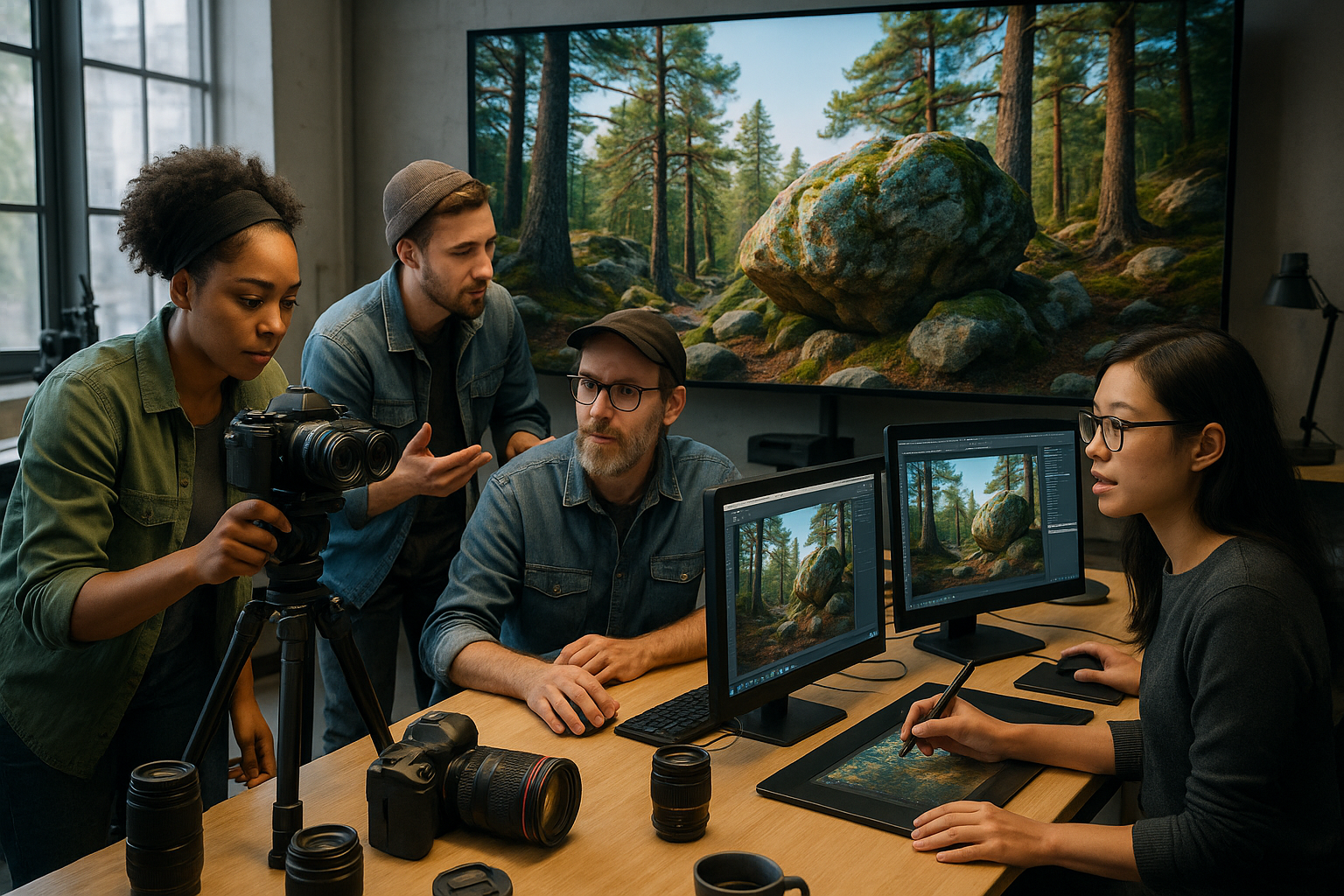The art of creating precision optical instruments combines centuries-old craftsmanship with cutting-edge technology, delivering tools that transform how we see and understand the world around us.
🔬 The Foundation of Optical Excellence
Optical instruments have shaped human progress since the invention of the first simple magnifying lenses. Today’s sophisticated devices represent the culmination of rigorous scientific principles, meticulous engineering, and an unwavering commitment to quality. The journey from raw materials to finished optical instruments demands exceptional precision at every stage of production.
The foundation of any superior optical instrument lies in understanding the fundamental properties of light. Refraction, reflection, dispersion, and aberration correction form the core principles that optical designers must master. Each element within an optical system must be calculated with mathematical precision to ensure that light paths align perfectly, delivering images that are sharp, true to color, and free from distortion.
Modern optical manufacturing facilities operate with tolerances measured in nanometers. This level of precision requires specialized equipment, climate-controlled environments, and technicians with years of specialized training. The slightest deviation in temperature, humidity, or vibration can compromise the quality of the final product, making environmental control as important as the manufacturing process itself.
Materials That Define Optical Performance
The selection of optical materials represents one of the most critical decisions in instrument design. Glass formulations have evolved dramatically over the centuries, with modern optical glasses offering unprecedented combinations of refractive index, dispersion characteristics, and transmission properties.
Premium optical instruments often incorporate specialized glass types such as extra-low dispersion (ED) glass, fluorite elements, or synthetic crystalline materials. These advanced materials minimize chromatic aberration, ensuring that different wavelengths of light focus at the same point. The result is images with exceptional color fidelity and sharpness across the entire field of view.
Beyond glass composition, surface quality plays an equally vital role. Optical surfaces must be polished to extraordinary smoothness, with surface irregularities measured in fractions of a wavelength of light. This level of finish requires specialized polishing compounds, precision machinery, and often hand-finishing by master opticians who can feel imperfections invisible to the naked eye.
Coating Technologies for Maximum Transmission
Even the finest optical glass reflects approximately 4-5% of incident light at each air-glass interface. In complex optical systems with multiple elements, these reflections accumulate, reducing overall transmission and introducing ghost images and flare. Advanced multi-layer anti-reflection coatings solve this challenge by creating interference patterns that cancel reflected light.
Modern coating technologies employ vacuum deposition techniques to apply precise layers of materials with different refractive indices. These coatings can be optimized for specific wavelength ranges, ensuring maximum performance for the instrument’s intended application. Premium instruments may feature 15 or more coating layers per optical surface, achieving transmission rates exceeding 99% per element.
⚙️ Engineering Mechanical Precision
Optical excellence means nothing if the mechanical housing fails to maintain precise alignment. The mechanical components of optical instruments must hold elements in exact position while withstanding environmental stresses, thermal expansion, and the rigors of daily use.
Advanced optical instruments employ sophisticated mechanical designs that account for differential thermal expansion between materials. As temperatures change, different components expand or contract at different rates. Intelligent mechanical design compensates for these movements, maintaining critical optical alignments across wide temperature ranges.
Focus mechanisms deserve particular attention in precision optical instruments. Whether manual or automated, focusing systems must move elements smoothly and precisely without introducing tilt or decentration. Premium instruments feature helical focusing mechanisms with multiple threads, brass or titanium construction, and ball-bearing assemblies that ensure smooth operation throughout the instrument’s lifetime.
Sealing and Environmental Protection
Professional-grade optical instruments must perform reliably in challenging environments. Water, dust, and internal fogging can quickly degrade optical performance. Modern instruments incorporate comprehensive sealing systems using O-rings, gaskets, and precision-fitted components to create barriers against environmental intrusion.
Nitrogen or argon purging represents the gold standard in environmental protection. By replacing internal air with inert gas, manufacturers prevent internal fogging and inhibit fungal growth on internal optical surfaces. This protection ensures that the instrument maintains its optical performance even in humid tropical environments or extreme temperature transitions.
🎯 Design Philosophy for Exceptional Performance
Creating truly exceptional optical instruments requires more than technical competence; it demands a design philosophy that prioritizes user experience alongside optical performance. The best instruments feel intuitive in use, with controls positioned naturally and feedback that confirms proper operation.
Ergonomic design considerations influence everything from overall weight distribution to the texture of grip surfaces. An instrument might deliver exceptional optical quality, but if users find it uncomfortable for extended observation sessions, its practical value diminishes. The most successful designs balance optical performance with physical comfort and intuitive operation.
Field of view calculations must account for the intended application. Wide-angle designs favor situational awareness and easy target acquisition, while narrower fields excel at detailed examination and higher magnification. The optimal design represents a carefully considered compromise based on primary use cases and user preferences.
Aberration Correction Strategies
All optical systems suffer from various aberrations that degrade image quality. Spherical aberration, coma, astigmatism, field curvature, and distortion each present unique challenges that designers must address through element design, spacing, and material selection.
Computer-aided design software enables optical engineers to simulate thousands of design variations, optimizing performance across multiple parameters simultaneously. Modern optical design represents a sophisticated balance between theoretical perfection and practical manufacturing constraints. The best designs achieve remarkable performance while remaining producible with available manufacturing techniques.
Quality Control and Testing Protocols
Manufacturing precision optical instruments demands rigorous quality control at every production stage. Raw materials undergo spectroscopic analysis to verify optical properties. Each polished element receives interferometric testing to confirm surface figure accuracy. Coatings are monitored with spectrophotometry to ensure proper thickness and uniformity.
Final instrument testing employs both objective measurements and subjective evaluation. Resolution testing with standardized targets quantifies optical performance. Collimator testing verifies focus accuracy and alignment. Transmission measurements confirm coating performance. Mechanical testing subjects instruments to vibration, temperature cycling, and drop tests to verify durability.
Beyond laboratory testing, field testing by experienced users provides invaluable feedback. Real-world conditions often reveal performance aspects that laboratory testing cannot predict. Manufacturers committed to excellence incorporate field testing feedback into continuous improvement processes, refining designs with each production iteration.
🌟 Applications Across Scientific and Professional Fields
Precision optical instruments serve countless applications across scientific research, professional practice, and recreational pursuits. Microscopes enable researchers to explore the microscopic world, revealing cellular structures and material properties invisible to unaided vision. Telescopes extend human vision across vast cosmic distances, bringing distant galaxies and planetary details within reach.
Medical professionals rely on specialized optical instruments for diagnosis and treatment. Surgical microscopes provide the magnification and illumination necessary for delicate procedures. Endoscopes enable minimally invasive examination of internal structures. Ophthalmoscopes allow detailed examination of retinal health. Each application demands specific optical characteristics optimized for its unique requirements.
Industrial applications employ optical instruments for quality control, measurement, and inspection. Precision measurement systems verify manufacturing tolerances. Inspection scopes examine hard-to-reach areas in machinery. Alignment telescopes ensure proper installation of critical components. These instruments contribute directly to product quality and operational safety across countless industries.
Recreational Observation and Nature Study
Beyond professional applications, precision optical instruments enrich recreational activities and nature observation. Birdwatchers depend on high-quality binoculars that deliver sharp, bright images even in challenging lighting conditions. Astronomy enthusiasts pursue ever-larger apertures and more sophisticated designs to reveal fainter celestial objects and finer planetary details.
The growing interest in nature observation has driven demand for compact, high-performance optical instruments suitable for hiking and travel. Modern designs achieve remarkable optical performance in surprisingly compact packages, employing sophisticated folded optical paths and advanced materials to minimize size while maximizing capability.
🔧 Maintenance and Long-Term Performance
Even the finest optical instruments require proper care to maintain peak performance throughout their service life. Regular cleaning of external optical surfaces removes dust and contaminants that scatter light and reduce contrast. Proper cleaning techniques using appropriate materials prevent scratching of delicate coating layers.
Mechanical components benefit from periodic maintenance, particularly focus mechanisms that experience regular use. Lubricants may require refresh over time, and seals may need replacement to maintain environmental protection. Manufacturers of premium instruments typically offer professional service programs that restore instruments to factory specifications.
Storage conditions significantly impact long-term instrument health. Dry, temperature-stable environments prevent fungal growth and minimize stress from thermal cycling. Protective cases shield instruments from physical damage during transport and storage. These simple precautions extend instrument life significantly, protecting the substantial investment that precision optical instruments represent.
Innovation Driving Future Development
The field of precision optics continues evolving rapidly, driven by advances in materials science, manufacturing technology, and computer-aided design. Aspherical optical elements, once prohibitively expensive, now appear in mid-range instruments thanks to improved manufacturing techniques. These elements enable more compact designs with fewer elements and superior performance.
Digital integration represents another frontier in optical instrument development. Sophisticated instruments now incorporate electronic range-finding, image stabilization, and even augmented reality overlays that enhance user experience without compromising core optical performance. These hybrid designs combine traditional optical excellence with modern digital capabilities.
Nanotechnology promises revolutionary advances in optical coatings and surface treatments. Nanostructured surfaces can achieve anti-reflection properties through physical geometry rather than chemical coatings, potentially offering superior durability and performance. Advanced materials under development may soon enable optical instruments with capabilities that current designs cannot achieve.
Sustainability in Optical Manufacturing
Environmental consciousness increasingly influences optical instrument manufacturing. Companies are developing more environmentally responsible manufacturing processes, reducing waste, recycling materials, and minimizing energy consumption. Durability and repairability receive renewed emphasis as alternatives to disposable consumer products.
The longevity inherent in well-crafted optical instruments aligns naturally with sustainability principles. A precision instrument properly maintained can provide decades of service, representing a far more sustainable choice than frequently replaced lower-quality alternatives. This durability, combined with timeless optical principles, ensures that premium instruments retain value and utility far into the future.
💎 The Value Proposition of Premium Quality
Premium optical instruments command higher prices, but this investment delivers tangible benefits beyond simple optical specifications. Superior build quality translates to reliability and longevity. Better optical design provides more comfortable viewing experiences with reduced eye strain. Enhanced light transmission delivers usable performance in challenging conditions where lesser instruments fail.
The difference between adequate and excellent optical instruments becomes most apparent during extended use. A professional spending hours daily with an instrument quickly appreciates subtle refinements in ergonomics, optical quality, and mechanical smoothness. These differences, barely noticeable during brief testing, profoundly impact user experience over time.
Resale value represents another often-overlooked advantage of premium instruments. Quality optics from respected manufacturers retain substantial value, sometimes appreciating over time as vintage examples become collectible. This value retention makes premium instruments more accessible than initial price tags suggest, as users can recover significant investment when upgrading or changing focus.
Choosing Excellence for Your Application
Selecting the right optical instrument requires careful consideration of intended applications, performance priorities, and budget constraints. Understanding the optical principles underlying instrument design enables more informed decisions. Specifications tell part of the story, but hands-on evaluation remains essential for appreciating subtle performance differences.
Reputable manufacturers provide detailed specifications and honest performance descriptions. They stand behind products with comprehensive warranties and service programs. Building a relationship with knowledgeable dealers who understand both products and applications helps ensure optimal instrument selection for specific needs.
The pursuit of optical excellence continues driving innovation and refinement across the industry. From microscopes revealing cellular details to telescopes capturing distant galaxies, precision optical instruments expand human capability and understanding. The combination of scientific principles, engineering excellence, and meticulous craftsmanship delivers instruments that truly master precision, providing unparalleled clarity and quality for generations of users.
Toni Santos is a visual historian and artisan whose creative lens is captivated by the forgotten marvels of antique optical devices. Through his thoughtful storytelling, Toni revives the instruments that once transformed light into wonder—camera obscuras, magic lanterns, kaleidoscopes, and other ingenious tools that shaped our earliest visual imaginations.
His journey is rooted in a fascination with how humans have long sought to bend, reflect, and reveal the unseen. Whether tracing the mechanical poetry of 19th-century projectors or illustrating the tactile elegance of early lenses, Toni’s work invites us to see vision itself as an evolving art form.
Blending handcrafted design with historical inquiry, Toni brings to life the material soul of these devices—celebrating not just how they functioned, but what they meant. His creations and curated stories illuminate a world where science, illusion, and beauty were intricately linked through glass and brass.
As the curator of Vizovex, Toni shares detailed studies, reconstructed artifacts, and immersive content that help others rediscover the origins of visual technology and the magic of analog perception.
His work is a tribute to:
The craftsmanship behind early visual instruments
The wonder of seeing through the eyes of another century
The intersection of optics, art, and imagination
Whether you’re a collector, a designer, or someone drawn to the lost poetry of vision, Toni welcomes you into a world where light is a storyteller—one prism, one lens, one forgotten invention at a time.





